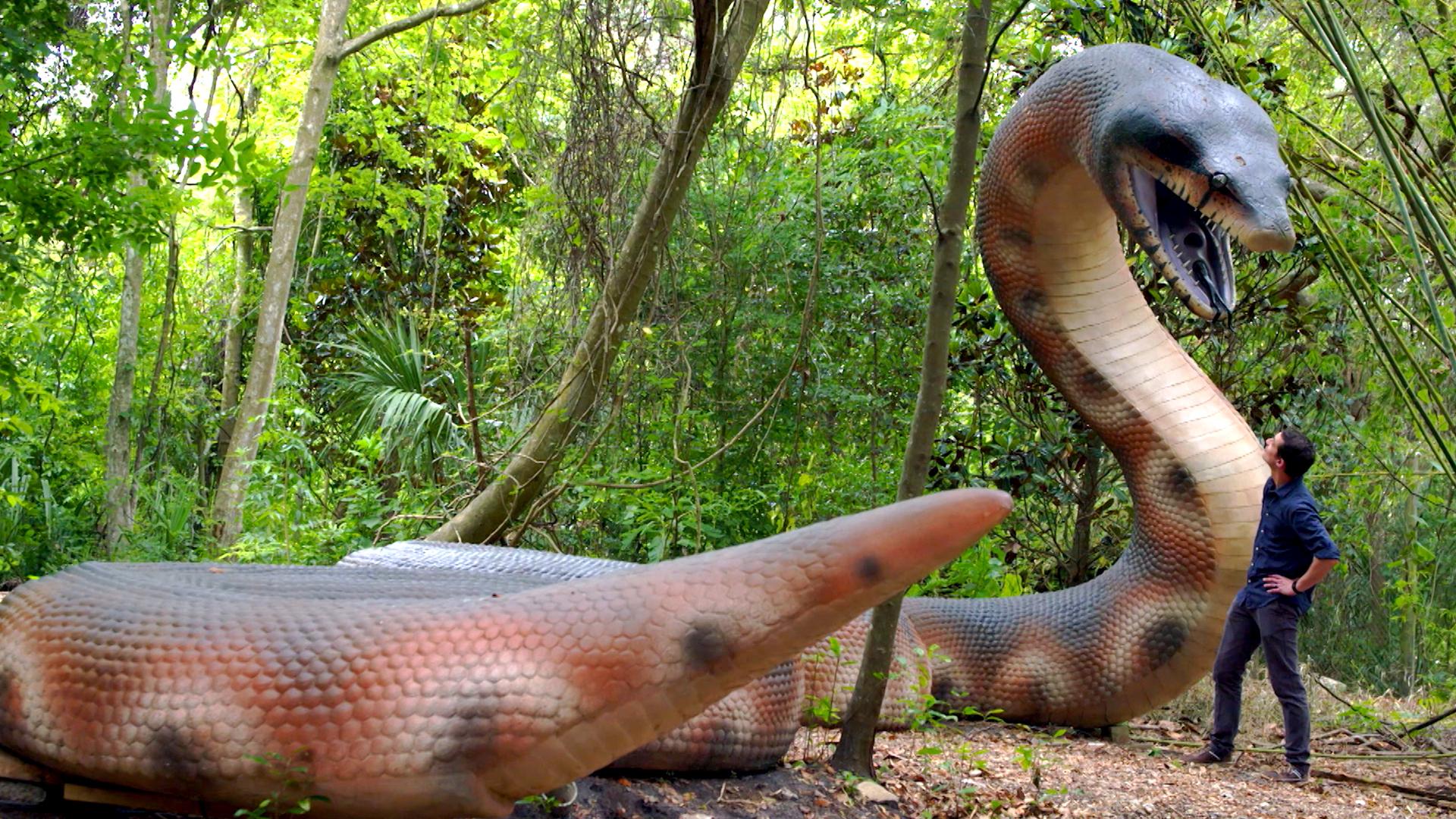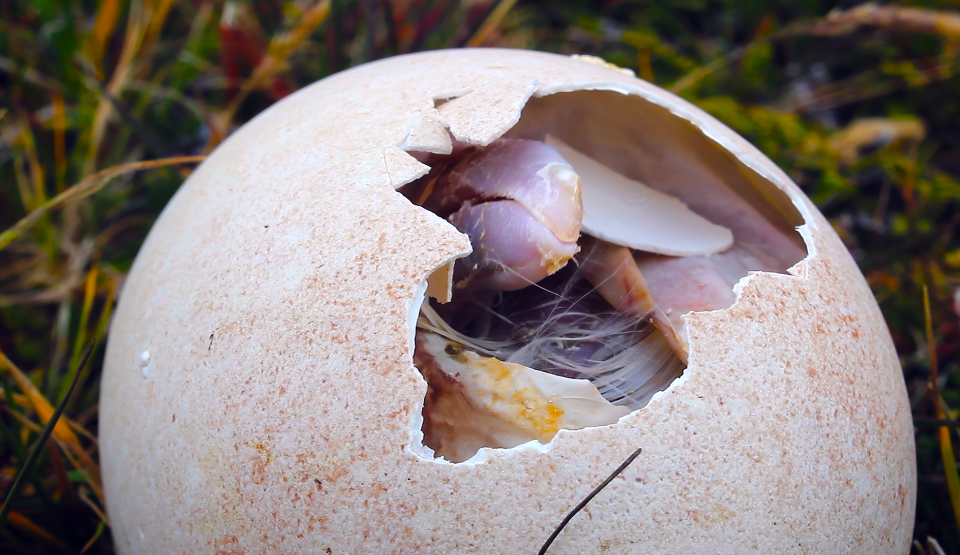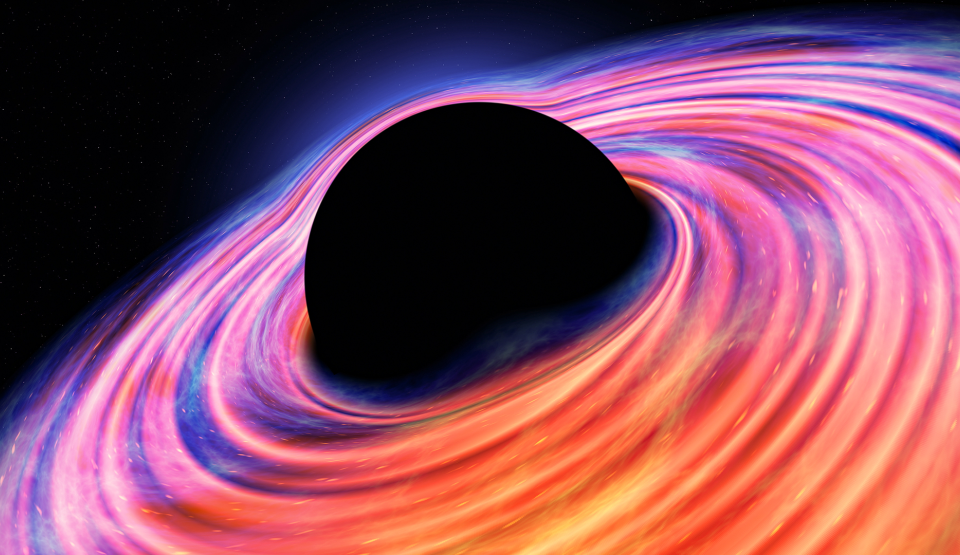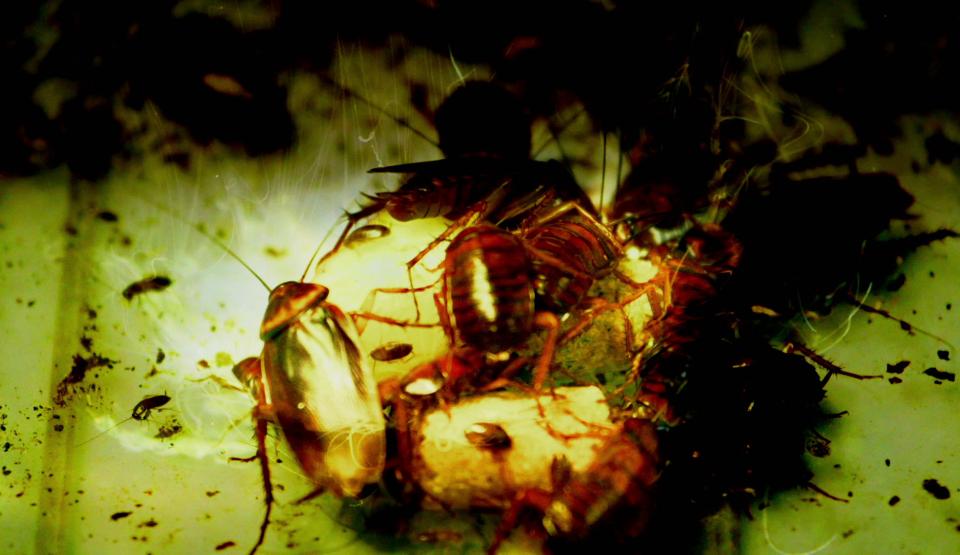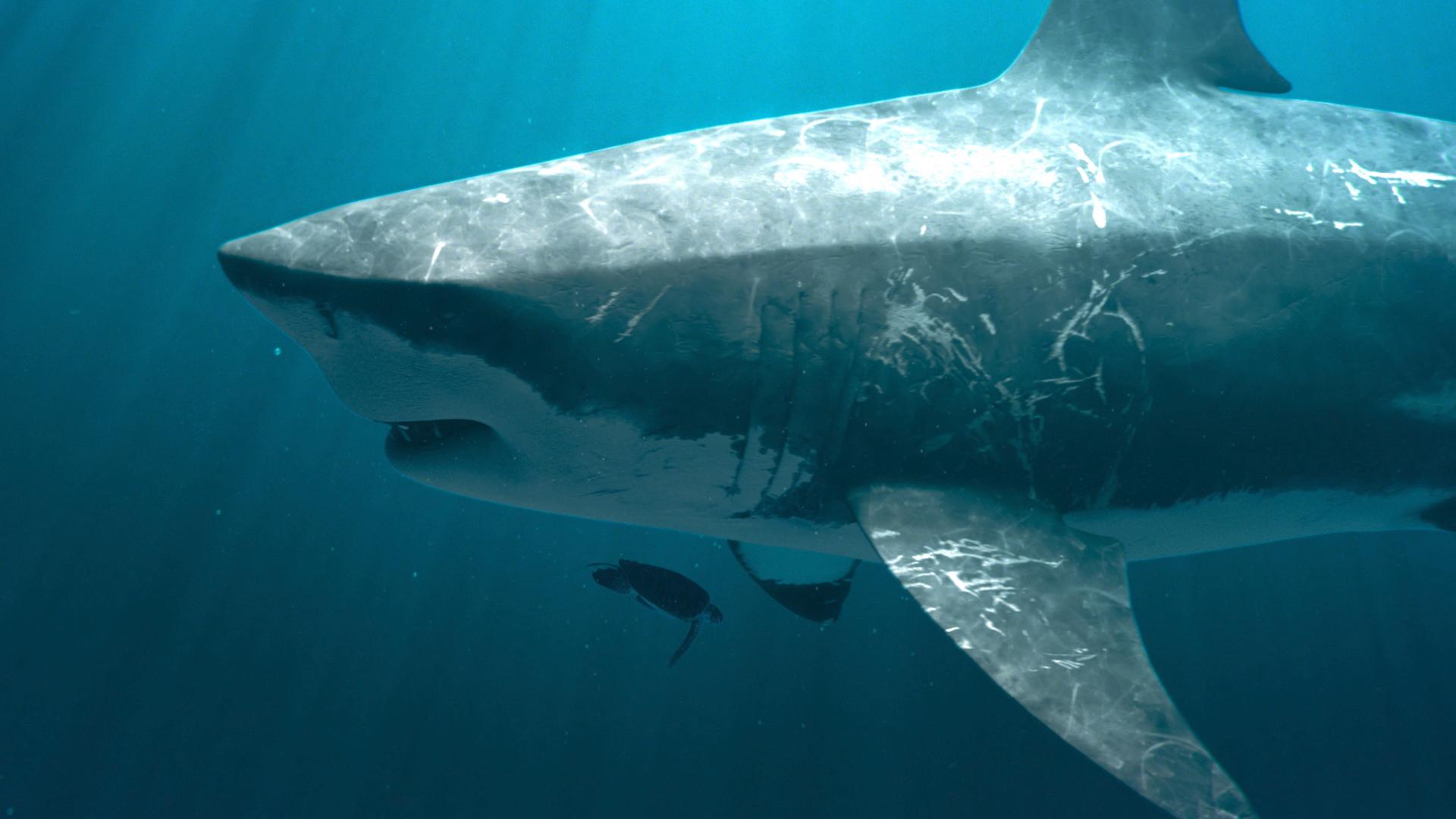
For more than 20 million years, the Earth’s oceans were ruled by a gigantic, 16-meter, 60-ton shark: the Megalodon. This super-predator with enormous teeth ate huge numbers of whales and dolphins to fuel its titanic organism. It went into decline when the climate cooled and its prey migrated to other regions, but above all because of the arrival of new rivals: killer whales hunting in well-organized pods. Finally, the Megalodon became extinct 2.5 million years ago.
On land, another huge animal was also hit by climate change. Giant sloths as tall as elephants, 200 times bigger than their modern cousins, appeared in South America 10 million years ago. These herbivores lived on the ground. They were faster than modern sloths and big enough to dissuade predators, and they colonized the Americas from Patagonia to Alaska. The first humans to populate those continents 15,000 years ago would have seen the last of the colossal sloths, which were subsequently wiped out by a sudden period of interglacial warming. The giants lost their usual sources of nutrition and fragmented into small, inbred groups. The last of them died 8,000 years ago. Today, elephants, rhinos and whales are the last titans to be found on our planet.
